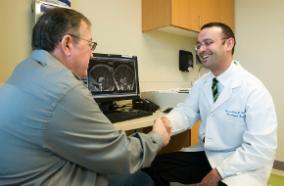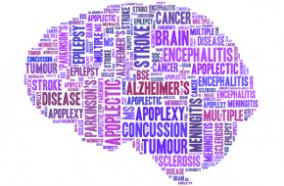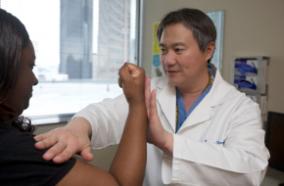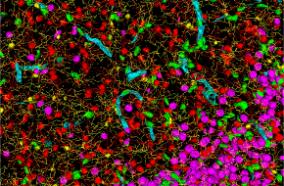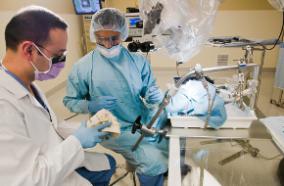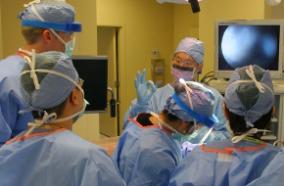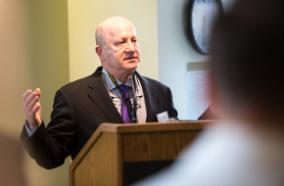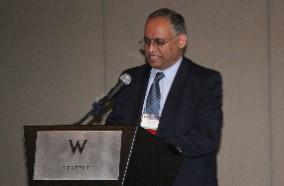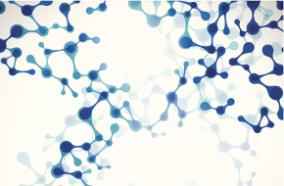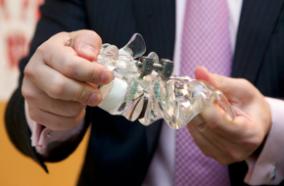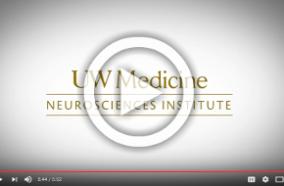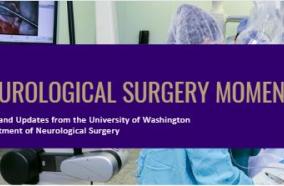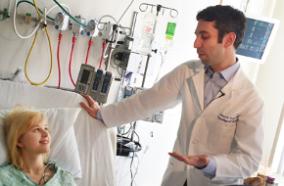Related Articles
Lower complication rates associated with transradial versus transfemoral flow diverting stent placement.
J Neurointerv Surg. 2020 Jun 02;:
Authors: Li Y, Chen SH, Spiotta AM, Jabbour P, Levitt MR, Kan P, Griessenauer CJ, Arthur AS, Osbun JW, Park MS, Chalouhi N, Sweid A, Wolfe SQ, Fargen KM, Dumont AS, Dumont TM, Brunet MC, Sur S, Luther E, Strickland A, Yavagal DR, Peterson EC, Schirmer CM, Goren O, Dalal S, Weiner G, Rosengart A, Raper D, Chen CJ, Amenta P, Scullen T, Kelly CM, Young C, Nahhas M, Almallouhi E, Gunasekaran A, Pai S, Lanzino G, Brinjikji W, Abbasi M, Dornbos Iii D, Goyal N, Peterson J, El-Ghanem MH, Starke RM
Abstract
BACKGROUND: Currently, there are no large-scale studies in the neurointerventional literature comparing safety between transradial (TRA) and transfemoral (TFA) approaches for flow diversion procedures. This study aims to assess complication rates in a large multicenter registry for TRA versus TFA flow diversion.
METHODS: We retrospectively analyzed flow diversion cases for cerebral aneurysms from 14 institutions from 2010 to 2019. Pooled analysis of proportions was calculated using weighted analysis with 95% CI to account for results from multiple centers. Access site complication rate and overall complication rate were compared between the two approaches.
RESULTS: A total of 2,285 patients who underwent flow diversion were analyzed, with 134 (5.86%) treated with TRA and 2151 (94.14%) via TFA. The two groups shared similar patient and aneurysm characteristics. Crossover from TRA to TFA was documented in 12 (8.63%) patients. There were no access site complications in the TRA group. There was a significantly higher access site complication rate in the TFA cohort as compared with TRA (2.48%, 95% CI 2.40% to 2.57%, vs 0%; p=0.039). One death resulted from a femoral access site complication. The overall complications rate was also higher in the TFA group (9.02%, 95% CI 8.15% to 9.89%) compared with the TRA group (3.73%, 95% CI 3.13% to 4.28%; p=0.035).
CONCLUSION: TRA may be a safer approach for flow diversion to treat cerebral aneurysms at a wide range of locations. Both access site complication rate and overall complication rate were lower for TRA flow diversion compared with TFA in this large series.
PMID: 32487766 [PubMed - as supplied by publisher]

